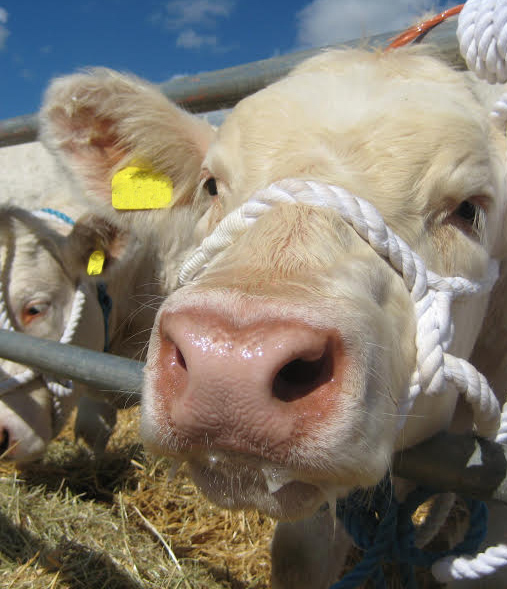Real-time foot-and-mouth strategy to better fight disease
- New real-time strategy for future foot-and-mouth outbreaks finds that focusing on surveillance and vaccination is most effective method to quickly fight spread of the virus
- Researchers from University of Warwick develop model based on previous outbreaks, analysing best approach at every stage of outbreak - even with minimal information at the start of the outbreak
- Local targeted methods are always the most effective method to halt disease spread
Future outbreaks of foot-and-mouth (FMD) disease can be combatted quickly and efficiently from early on – when authorities have minimal information – thanks to a new real-time strategy, developed by researchers at the University of Warwick.
Dr William Probert and Dr Michael Tildesley in Warwick’s School of Life Sciences and Mathematics Institute discovered that the most effective policies for the start of a FMD outbreak, even when we know very little about it, are focusing on surveillance and vaccination.
Determining the optimal strategy to control FMD can be challenging in the first weeks of an epidemic, due to uncertainty about the nature of the outbreak and how the disease will be spread. The researchers sought to resolve this uncertainty, enabling the spread of the disease to be controlled more rapidly and effectively than in the past.
Using data from previous FMD outbreaks – the UK in 2001 and Japan in 2010 – they simulated the spread of disease, and at each stage of the outbreak analysed the real-time efficacy of multiple different approaches.
These methods included:
- Culling only infected farms
- Culling infected farms, plus farms designated as dangerous contact
- Culling infected farms, dangerous contact farms and neighbouring farms (contiguous culling)
- Ring culling at three kilometres, and at ten kilometres
- Vaccination at three kilometres, and at ten kilometres
At every stage in an outbreak, regardless of the uncertainty in case reporting, local targeted approaches (culling of infected premises and ring vaccination around confirmed infected farms) were always found to be the most effective.
On the other hand, ring culling was never an effective method. The researchers conclude that, owing to the spatial uncertainty in model predictions during the early stages of an epidemic, targeted surveillance is crucial to allow authorities to gain information and resolve uncertainty as quickly as possible, ultimately better controlling the spread of the disease earlier in an outbreak.
Dr Michael Tildesley, Associate Professor in the University of Warwick’s School of Life Sciences and Mathematics Institute, commented:
“This work highlights both the limitations and the benefits of using an infectious disease model in real time, during an ongoing outbreak. It is crucial for policymakers to employ surveillance to resolve uncertainty in how the disease is spreading as rapidly as possible, as this may have significant implications upon our ability to predict future epidemic behaviour.”
Most mathematical models developed for disease control look back to previous outbreaks and make their calculations using all the information from the whole episode – this new strategy is rare in that it works out the best approach with only the information to hand in the middle of an outbreak.
This work was carried out in collaboration with Dr Chris Jewell of the University of Lancaster, Dr Satoshi Sekiguchi and Prof. Yoshitaka Goto of Miyazaki University, in addition to research groups at Penn State University, Vanderbilt University, Imperial College London and the US Geological Survey.
Notes to editors:
The research, 'Real-time decision-making during emergency disease outbreaks', is published in PLOS Computational Biology. https://doi.org/10.1371/journal.pcbi.1006202
Further information contact:
Luke Walton, International Press Manager
+44 (0) 7824 540 863
+44 (0) 2476 150 868
L dot Walton dot 1 at warwick dot ac dot uk
----------------------------------------------

